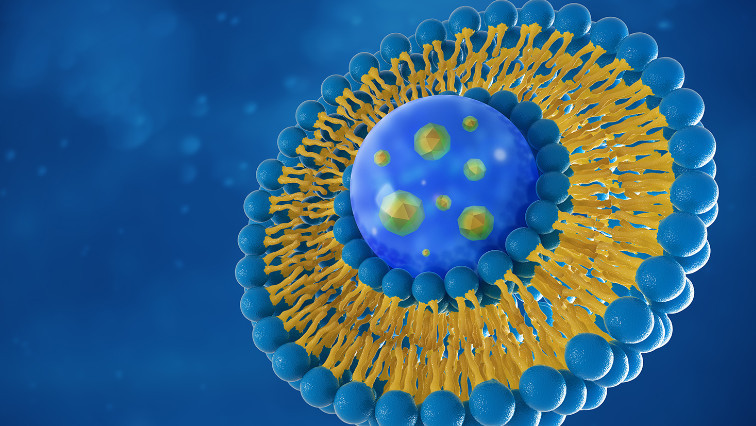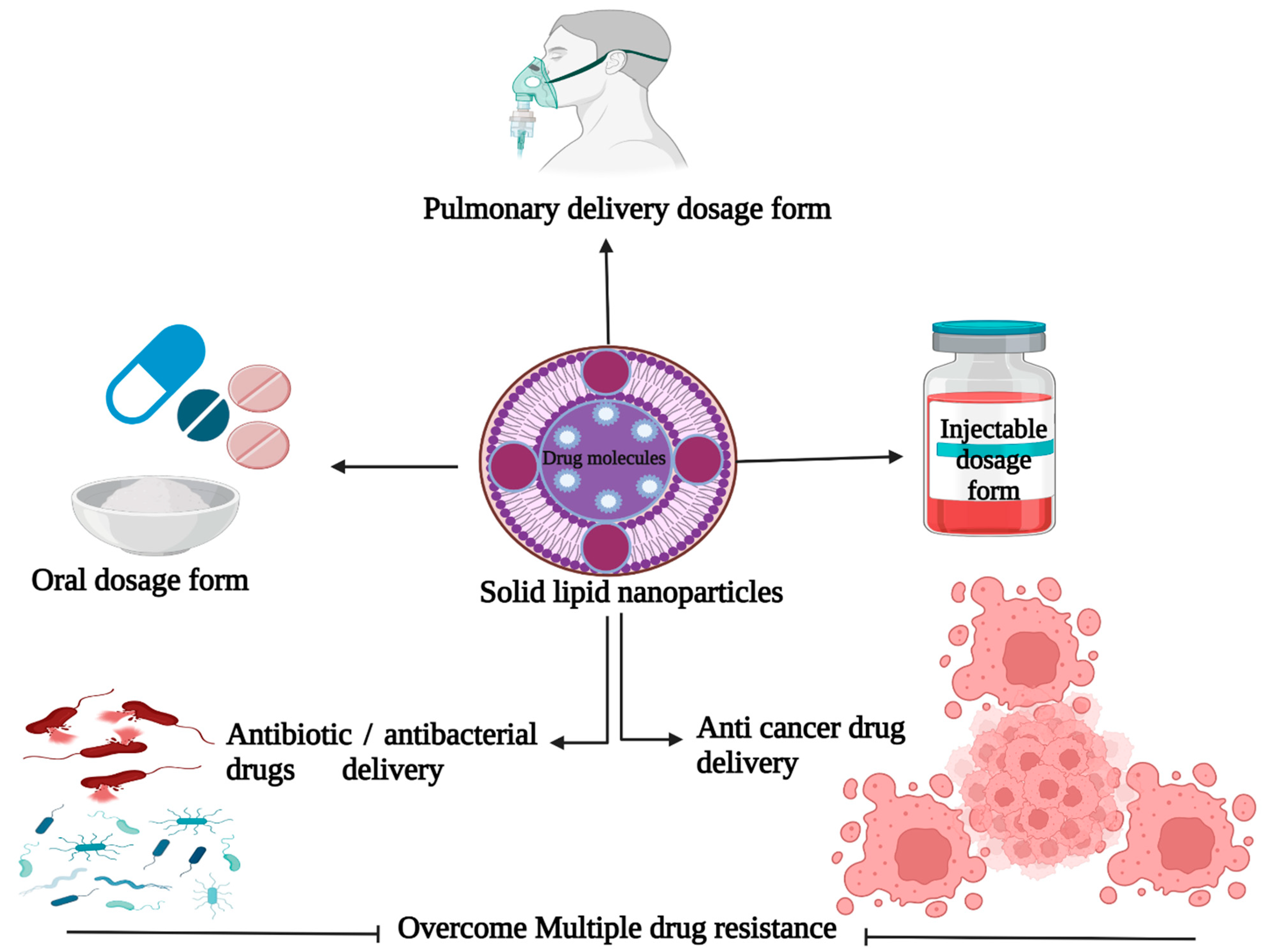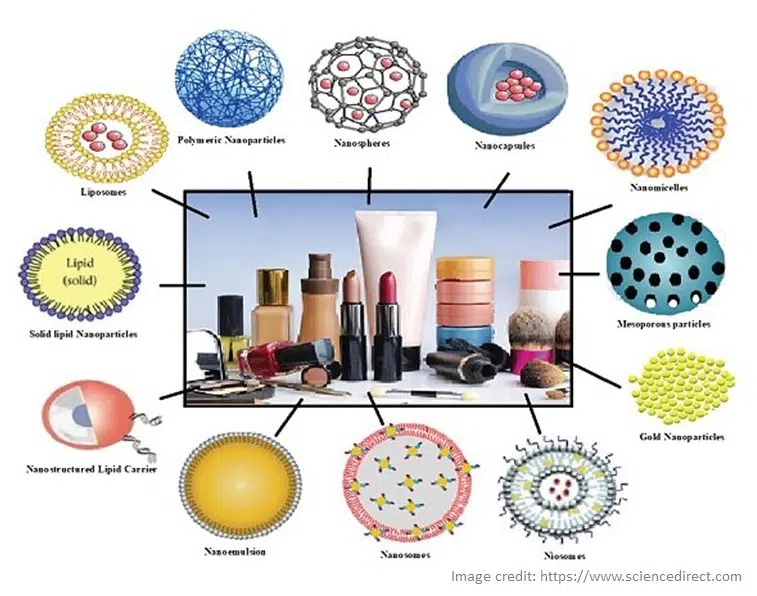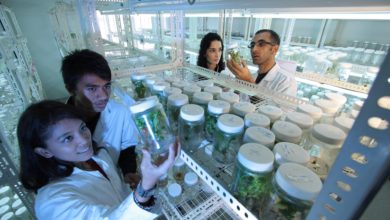Revolutionizing Industries with Customized Lipid Nanoparticles
Fathima T. Doole

Summary
Lipid nanoparticles have emerged as a promising drug delivery system due to their ability to improve the efficacy of drugs, gene therapies, and vaccines. These nanoparticles, composed of biocompatible materials such as lipids, can be tailored to meet specific requirements for various applications. The potential for customizing lipid nanoparticles has sparked considerable interest in their use across several industries. This has led to research aimed at revolutionizing fields such as medicine, agriculture, and food science, among others. The unique properties of these nanoparticles have the potential to improve drug delivery and increase the effectiveness of therapies for various illnesses. Furthermore, the use of lipid nanoparticles in the delivery of gene therapies can address several genetic diseases by enhancing the efficacy and specificity of treatments. Overall, lipid nanoparticles offer a promising platform for enhancing the delivery of a wide range of therapeutic agents, and further research in this field has the potential to revolutionize multiple industries.
Application
Pharmaceutical Industry:
The pharmaceutical industry is one of the main beneficiaries of the customization of lipid nanoparticles. With the use of lipid nanoparticles, drug delivery can be made more efficient and targeted. The customization of lipid nanoparticles allows the drug to be delivered directly to the affected area, reducing the risk of side effects and improving the efficacy of the drug. Customizing the lipid nanoparticles can also help in delivering drugs that are otherwise difficult to administer (Rumiana et al., 2021).

Biotechnology Industry:
The biotechnology industry can benefit from the customization of lipid nanoparticles in several ways. For example, lipid nanoparticles can be used to deliver gene therapies that can treat diseases at the molecular level. Customization of the lipid nanoparticles can help in reducing toxicity and improving the efficiency of gene delivery (Rainer and Cornelia, 2004).
Agriculture Industry:
The use of lipid nanoparticles in the agriculture industry can revolutionize the way we grow crops. Customized lipid nanoparticles can be used to deliver nutrients and pesticides directly to the plant, reducing the need for excessive spraying and increasing crop yields. Lipid nanoparticles can also be used to deliver genetic material to plants, allowing for the creation of plants that are resistant to pests and diseases (Sandeep et al., 2019).
Cosmetics Industry:
The cosmetics industry can benefit from the customization of lipid nanoparticles by using them to deliver active ingredients to the skin. Customized lipid nanoparticles can help in improving the efficacy of the active ingredients, reducing their toxicity, and increasing their stability. Lipid nanoparticles can also be used to improve the absorption of cosmetics into the skin, making them more effective (Javed, 2021).

Food Industry:
The food industry can use customized lipid nanoparticles to improve the nutritional content of food. Lipid nanoparticles can be used to deliver vitamins and minerals directly to the body, reducing the need for supplements. Customized lipid nanoparticles can also be used to improve the shelf life of food, reducing waste and improving food security (Valeria et al., 2019).
Challenges
Biocompatibility and Safety: While lipid nanoparticles are generally considered biocompatible, the long-term effects of their use in drug delivery and other applications are still under investigation. Ensuring safety, especially in the pharmaceutical and food industries, remains a paramount concern.
Production Scale-up: The process of producing lipid nanoparticles on a large scale, while maintaining consistency and quality, poses significant challenges, especially for commercial applications.
Stability: The stability of lipid nanoparticles, especially in different environmental conditions relevant to various industries, is a challenge. This is particularly crucial for the cosmetics and food industries where product shelf life is vital.
Regulatory Hurdles: The application of lipid nanoparticles, especially in the pharmaceutical, food, and cosmetics industries, can be subject to rigorous regulatory scrutiny, requiring substantial evidence of safety and efficacy.
Cost: Advanced customization techniques can be costly, which could limit the widespread adoption of lipid nanoparticles in some sectors.
Future Directions
Advanced Customization Techniques: As the research progresses, newer methods for tailoring lipid nanoparticles for specific applications will emerge. This will allow for more precise targeting, especially in drug and gene delivery.
Interdisciplinary Research: Collaboration between sectors, such as pharmaceuticals and biotechnology, can lead to innovative applications of lipid nanoparticles.
Sustainable Production: As the demand for lipid nanoparticles grows, sustainable and eco-friendly methods for their production will become crucial, especially for the agriculture and food industries.
Broadening Applications: Apart from the industries mentioned, there’s potential to expand the use of lipid nanoparticles into other sectors, such as environmental science for pollution control or in the field of electronics for unique applications.
Education and Advocacy: To overcome skepticism and regulatory hurdles, there is a need for robust scientific communication to educate stakeholders, policymakers, and the general public about the benefits and safety of lipid nanoparticles.
In conclusion, while customized lipid nanoparticles offer promising advancements across various industries, addressing the challenges they face will be crucial. Their potential impact, when these challenges are overcome, could be transformative in the way we approach treatments, agriculture, cosmetics, and food production.
References
JAVED, A. 2021. Lipid Nanoparticles Based Cosmetics with Potential Application in Alleviating Skin Disorders. Cosmetics, 8, 84.
RAINER, H. M. & CORNELIA, M. K. 2004. Challenges and solutions for the delivery of biotech drugs – a review of drug nanocrystal technology and lipid nanoparticles. Journal of Biotechnology, 113, 151-170.
RUMIANA, T., ROBERT, B., ALLISON, E. C. & QIONGQIONG, Z. 2021. Lipid Nanoparticles─From Liposomes to mRNA Vaccine Delivery, a Landscape of Research Diversity and Advancement. ACS Nano, 15, 16982-17015.
SANDEEP, K., MONIKA, N., NEERAJ, D., GIOVANNA, M., ASHRAF, A. H. & KI-HYUN, K. 2019. Nano-based smart pesticide formulations: Emerging opportunities for agriculture. Journal of Controlled Release, 294, 131-153.
VALERIA, D. S. S., ANA, P. B. R. & MARIA, H. A. S. 2019. Solid lipid nanoparticles as carriers for lipophilic compounds for applications in foods. Food Research International, 122, 610-626.


